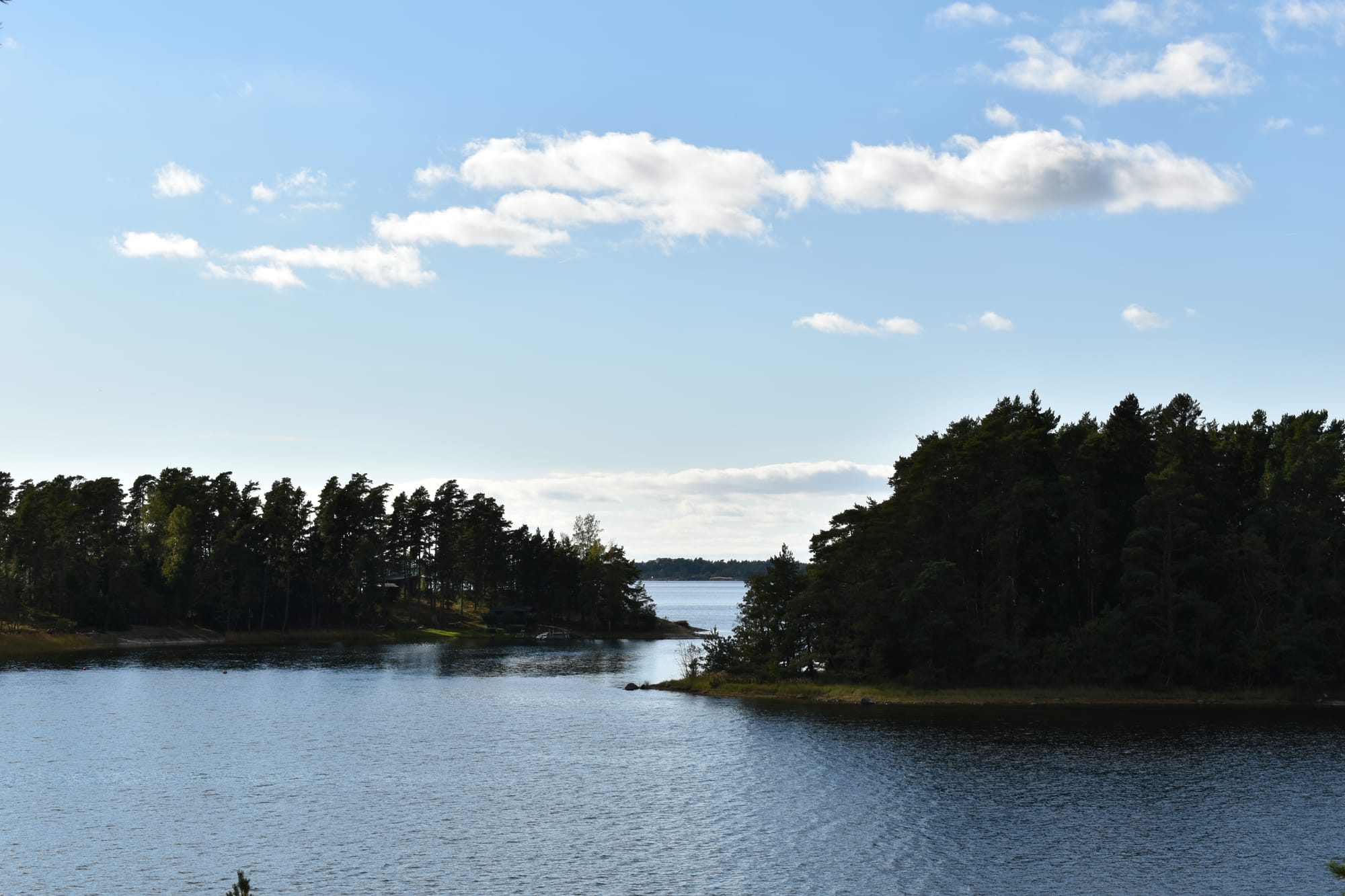Why protect the forests in the archipelago?

By: Panu Kunttu, leading forestry expert, agronomy and forestry doctor The archipelago's forests have many special characteristics. Many species and habitats found in the archipelago do not occur anywhere else in Finland. Therefore, it is of utmost importance to protect the archipelago's forests and secure their future.
Many of the forests on the small islands are better preserved than those on the mainland, which has led to them being developed into old forests with greater species composition, natural values and features that have become rare elsewhere.
Here is a great opportunity for the archipelago's forest owners to show the way, and take responsibility for how these unique environments can be saved for the future. In southern Finland, most forests are privately owned and forest parcels are relatively small. That is why forest owners' contributions and cooperation are needed to increase the amount of protected forest. Together, the protection of these adjacent forest can achieve an ecologically efficient network of protected areas.
More than 800 species of animals, plants and fungi that live in our forests are endangered, and so are almost 80 percent of the forest types. As a result of decades of intensive forestry, the Finnish forest nature is in a difficult situation. Even species that were previously quite common in our forests are now declining rapidly, due to endangered habitats. For example, the pine tit, which was previously one of our most common forest birds, has declined radically and is today classified as a highly endangered species. The main reasons for this are deforestation and forestry, as it has led to primeval forests and forests in their natural state being reduced to a minimum. Old forests and their characteristics, such as large giant trees, very old trees, various tree species and abundant decaying wood, are vital for a large part of the forest's species. For example, about 5,000 species are dependent on dead wood, but the amount of dead wood in the forest has decreased by 95 percent due to forestry.
It is possible for the forest owner to receive financial compensation to protect the forest. The state maintains the Metso program, which offers forest owners compensation for the protection of their forest and also compensation according to the value of the tree stand, for the forest areas that meet the Nature Conservation Biological selection criteria within the METSO action plan. The income is also tax-free for the forest owner! In the protected forest you can still move, pick mushrooms and berries, etc. The forest is protected according to Finnish nature conservation law, and remains there for you and your descendants to enjoy.
Recreation and movement in the forests also provide significant health benefits for the forest hiker, and studies show that people prefer to hike in natural forests.
Protecting forests is also a climate measure, as old forests are large carbon sinks. Carbon is bound both in the trunks of the trees and in the soil. Although the forest is aging, carbon sequestration continues. The old forests continue to be carbon sinks as even old trees bind carbon and new plants constantly grow up in the forest. Although the tree dies, the carbon is released very slowly from the robust trunk and it still acts as a carbon layer.
By protecting the forest, we can at the same time stop species loss, protect the forest's diversity, and at the same time slow down the climate crisis. Nature conservation is the best insurance that humans can take out. It creates security for the future and stabilizes the circumstances surrounding the environmental problems in a changing world.
(Panu Kunttu, leading forestry expert, agronomy and forestry doctor.) 2020


